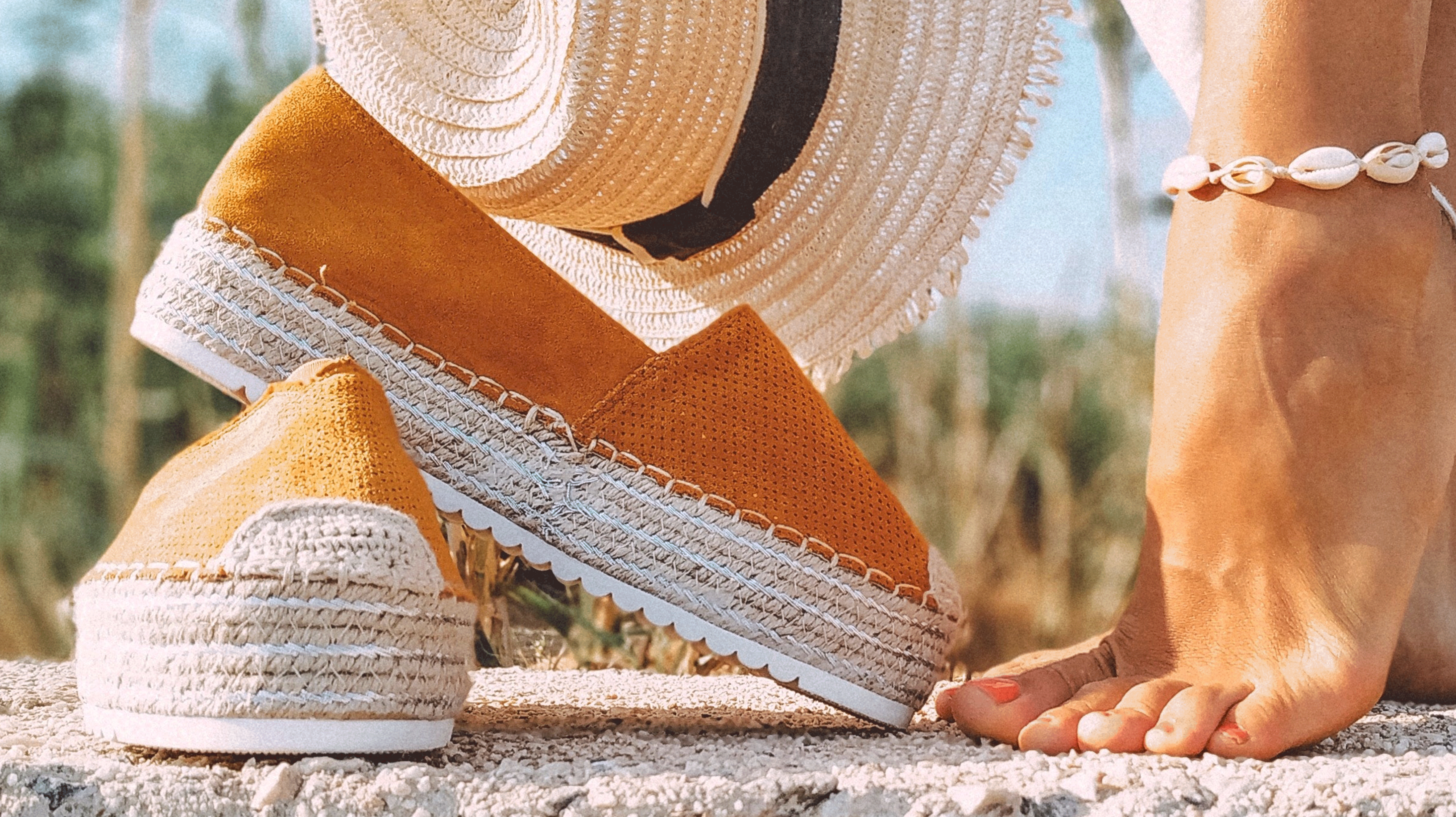The loafer shoe, a timeless classic in footwear, has a rich and intriguing history. Originating in the 1930s, the loafer's design was inspired by the slip-on moccasins worn by Native Americans. However, it wasn't until the 1950s that the loafer gained widespread popularity and became a fashion staple.
The first renowned loafer style was the "Weejun" introduced by the American brand G.H. Bass & Co. The name "Weejun" was derived from "Norwegian" due to its resemblance to traditional Norwegian fisherman shoes. The distinctive features of the Weejun included a flat sole, low heel, and a strap across the vamp, known as a saddle strap or penny strap.
In the 1950s, college students started inserting pennies into the strap, giving rise to the term "penny loafer." The penny served both as a decorative element and a practical measure for emergency phone calls. This trend caught on, and the penny loafer quickly became a symbol of preppy style and sophistication.
During the 1960s and 1970s, loafer popularity soared, thanks to their adoption by celebrities like Michael Jackson and Elvis Presley. The shoes became synonymous with a casual yet refined look, making them a favorite among both men and women.
In the 1980s, high-end fashion houses began incorporating loafers into their collections, elevating them to a luxury status symbol. Gucci, in particular, revolutionized the loafer by introducing the "Gucci Horsebit" style. This iconic design featured a metal horsebit detail on the vamp, adding a touch of elegance and distinction to the shoe.
Today, the loafer continues to be a versatile and enduring footwear choice. Modern iterations come in various materials, including leather, suede, and even woven fabrics. The classic penny strap and horsebit embellishments remain popular, while contemporary designs offer updated twists, such as platform soles or bold patterns.
Whether worn with formal attire or as a casual statement piece, the loafer's timeless charm persists. Its journey from Native American moccasin to a cultural icon proves its enduring appeal and cements its place in fashion history.














![The Story Of The [[Loafer]] Shoe, A Timeless Classic - Heppo.com](http://heppo.com/cdn/shop/articles/the-story-of-the-loafer-shoe-a-timeless-classic-221224.jpg?v=1704877199&width=2400)
